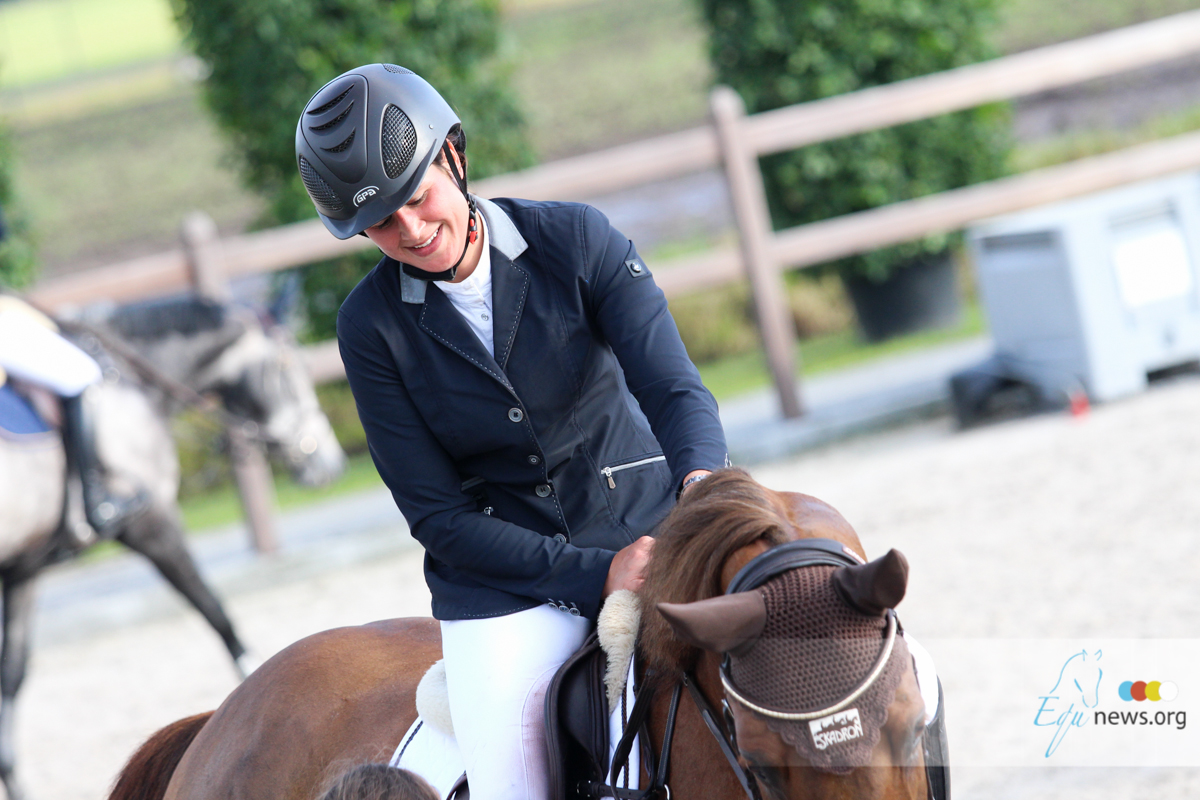Out of a recent research from the University of Utrecht, the Netherlands and Vetirinairy hospital in Emmeloord it concludes that about 72% of horses have one or more problems on the hoofs. For the research 90 horses between the age of 1 and 18-years-old has been researched before and after the farrier visit. Main researcher, Menno Holzhauer, was surpised by the result. "This results indicates the horse welfare is not in the state as it should be in the Netherlands. Further from an economic point of view it is of course always the question weather the hoof condition is still tolerable or not." The main conclusions from the research were: - The more the farrier visits the better. Horses that were researched had a farrier visit from 6 to 8 weeks up to twice a year. - With 72% of the horse one or more hoof problems were found. This means that every horse has 1.3 problems on the hoofs. - At every researched stable horses with horn cracks were found. About 31.1% of the horses had this hoof condition. With 71.4% the cracks were just at the surface. - About 7% of the horses had the White Line Disease (WLD). This disease only occured with horses that wear horse shoes. The WLD is an infection that causes separation of the wall, may be seen first at the white line but actually affects the zone of contact between the hard outer wall and the middle layer of hoof tissue. It occurs most commonly in front feet but can occur in any foot. - 48% of the horses had splint. Splint more often occurs in stables that are not cleaned on a regular base. Also the bedding of the stable is important. A Sand bedding is the worst possible bedding for this hoof disease. - With 20% of the horses there were growth rings on the hoofs. The findings of the research made the team aware of the necessity of a larger scale research in the Netherlands and even Europe (or the world). As it is striking that almost 3 out of four horses has a hoof condition, urgent actions for the horse welfare are in the making... Probably to be continued ...
About 72% of horses have hoof problems
-
categories: Lifestyle



